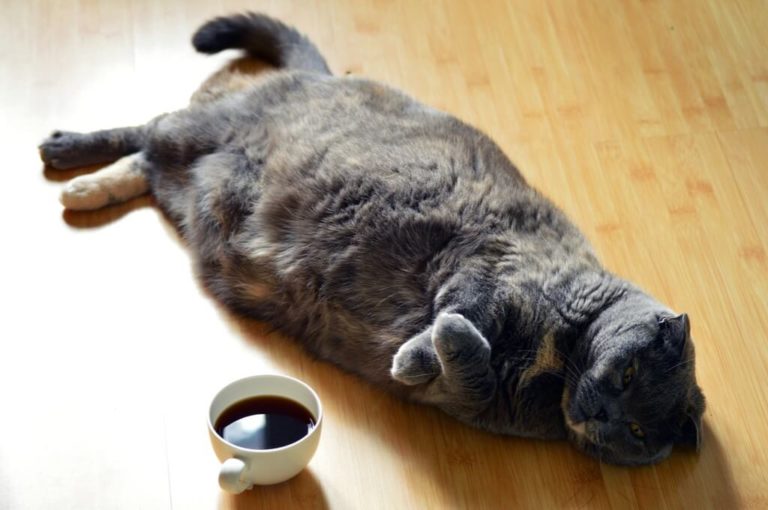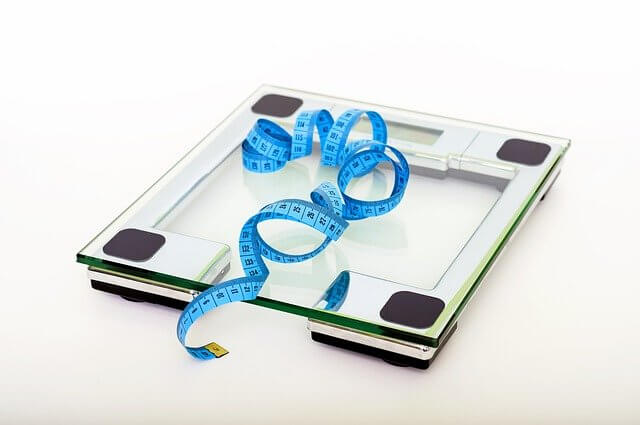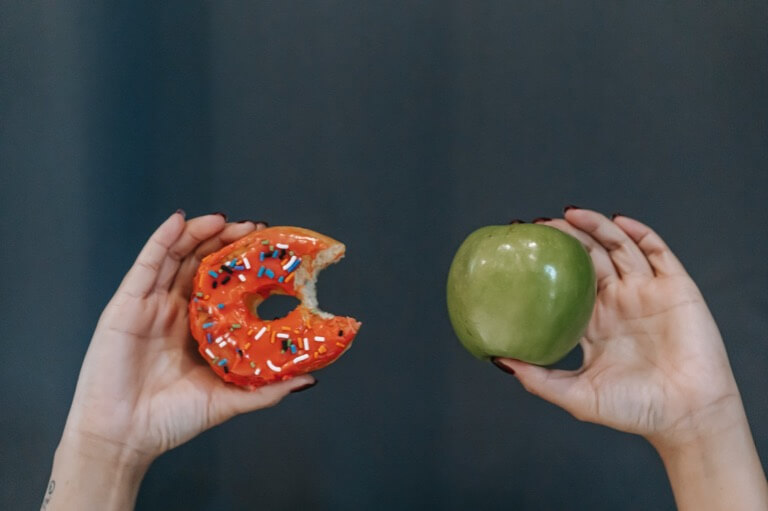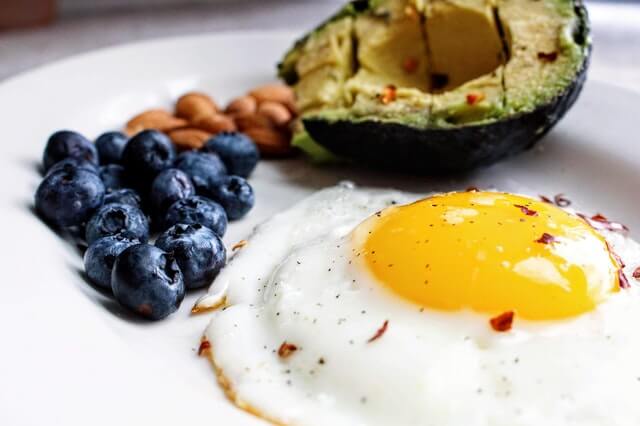THE GROUNDHOG DAY DIET. WHY AND HOW TO DO IT.
Let me quickly clarify that no one is going to suggest you should eat like a groundhog (squirrel type of animal). Groundhog Day is a reference to a movie where Phil, played by Bill Murray, wakes up and realises that he’s reliving the same day over and over. Through reliving the same day he transforms from a self-centred character into an appreciative person.
How is this relevant to the subject of weight loss? Well, it isn’t. We only use it as a quick reference to the idea of eating the same food every day. Although I mentioned this idea in a couple of articles; How to stop overeating after fasting and How to maximise weight loss, I’ve only just recently come across the Groundhog Day reference. And because I’m currently doing it myself, for 3 weeks before Christmas 2021, this is the best time to elaborate more on this strategy.
QUICK SCIENCE
The notion that; the more variety of food presented to us the more likely we are going to overeat, shouldn’t come as a surprise. The key element is variety.
A review of 39 studies concluded that:
food consumption increases when there is more variety in a meal or diet and that greater dietary variety is associated with increased body weight and fat.”
Let’s be honest, we do not eat purely to satisfy physical hunger, we eat to also satisfy our “sensory hunger”
Eating the same meal naturally leads to psychological habituation aka boredom. Remember the man who lost 20lb in 30 days eating the same meal every day?
The more we are exposed to something in short period of time, the less interested and responsive we become. This usually leads to boredom, followed by complete disinterest. If, however, we are exposed to a new stimulus, we become more interested. The more new flavours we have available the more we want to eat.
Have you ever gone clothes shopping and came back with several bags of clothes that you didn’t even want in the first place but because you had so many choices you simply couldn’t resist and couldn’t help but overspend?
This principle of habituation applies every time we sit down to eat. You finish your meal and even though you feel completely satisfied, when someone offers you another type of meal, a new flavour, you are likely going to want to eat more even though you wouldn’t want more of what you already ate.
Barbara J. Rolls, PhD, the author of The Volumetrics Eating Plan, calls this a sensory specific satiety. Despite feeling full from eating a specific food, we feel the need to eat more to further satisfy our sweet, salty, fatty taste.
In her research she points out that if you ate the same food for lunch and then again for dinner, you would naturally eat less than if you ate different types of food for each meal.
The question we should be asking ourselves is: Are we choosing variety according to the nutritional profile of foods, or are we choosing variety in order to satisfy our sensory appetite (we keep eating because we like experiencing as many new flavours as possible).
Eating the same foods eliminates the problem of endlessly trying to satisfy our “sensory appetite.” It can help us get our appetite under control and learn to eat for fuel rather than for fun.
TRY IT IF:
- you feel your eating habits are out of control
- you feel you “can’t” stop overeating
- you’re going through a weight loss stall
- you’re pressed for time
- you want to save money on food
- you notice too many bad habits have been creeping back into your diet
- you want to reset after a holiday
- you want to get into ketosis
HOW TO DO IT
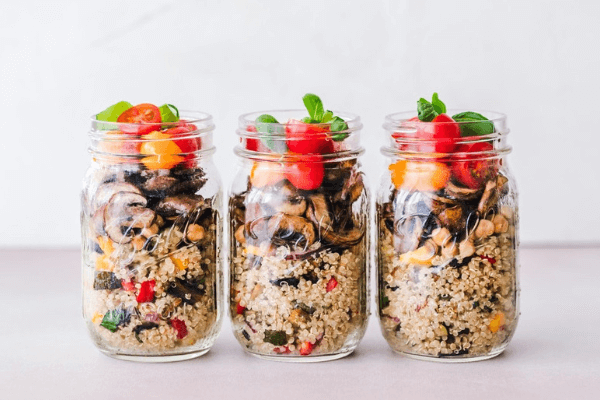
The plan is going to be very simple. You are going to cut down on variety of foods you eat.
You can either:
- eat the same meal for lunch and dinner or
- set a menu of several dishes and repeat these daily
If you’re trying to get into ketosis this is by far the best strategy. Calculate your macros for 1 day’s worth of meals and repeat the same menu until you reach ketosis.
This makes your shopping and cooking or preparation very easy.
You will save time and money but most of all you will save yourself a lot of decision making. This obviously doesn’t apply to someone who is cooking for a family as you would still have to spend time and energy on family meals.
- include foods you like
- include nutrition foods
- eat for your personal goals (training, improve digestion, banish sugar cravings)
- cultivate the mindset of control & empowerment not a mindset of missing out
I’m currently following my own Groundhog day eating plan and will update in a few weeks time with more details.
UPSIDE
When you’re on a mission to lose weight, variety is not your friend. This is why fitness models and bodybuilders or anyone with very precise body goals swear by meal prepping. They tend to eat the same meal(s) for weeks. This leaves no room for error. You know exactly what you’re eating so that you can easily observe and make adjustments.
- there is no room for error
- it makes it easy to make adjustments
- you gain control over your eating habits
- decision fatigue is off the table
- makes macro or calorie counting much easier
- good way to create healthier habits (by repetition)
- lose weight
- eliminate last minute fast food orders
DOWNSIDE
- boredom, taking the enjoyment out of eating (double edge sword)
- not a socially friendly plan
- risk of nutritional deficiencies if done long term
- gut issues down the line due to a lower diversity of good bacteria if continuously eating the same meals
Don’t be afraid to experiment and learn something new about yourself but always listen to your body. Stopping and experiment or making adjustments is not a failure, see it as a learning opportunity xox



